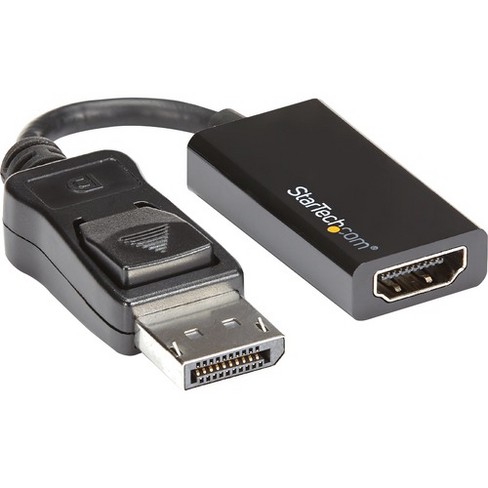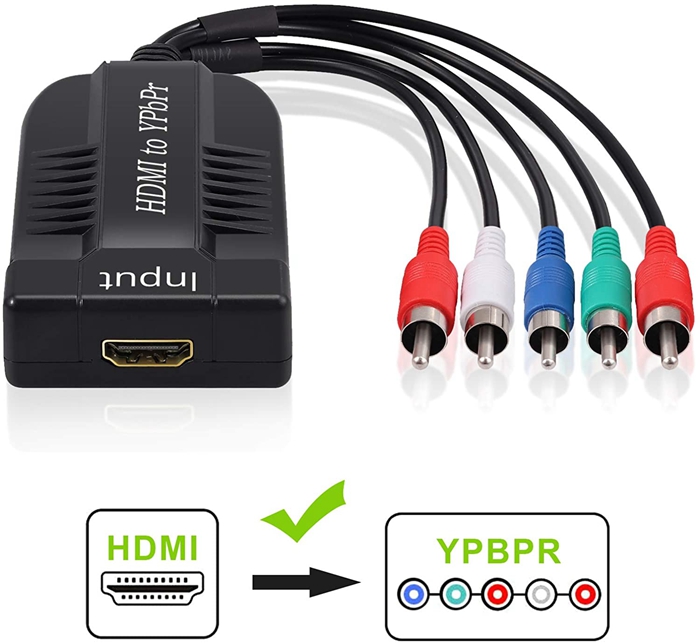Products Category
- FM Transmitter
- 0-50w 50w-1000w 2kw-10kw 10kw+
- TV Transmitter
- 0-50w 50-1kw 2kw-10kw
- FM Antenna
- TV Antenna
- Antenna Accessory
- Cable Connector Power Splitter Dummy Load
- RF Transistor
- Power Supply
- Audio Equipments
- DTV Front End Equipment
- Link System
- STL system Microwave Link system
- FM Radio
- Power Meter
- Other Products
- Special for Coronavirus
Products Tags
Fmuser Sites
- es.fmuser.net
- it.fmuser.net
- fr.fmuser.net
- de.fmuser.net
- af.fmuser.net ->Afrikaans
- sq.fmuser.net ->Albanian
- ar.fmuser.net ->Arabic
- hy.fmuser.net ->Armenian
- az.fmuser.net ->Azerbaijani
- eu.fmuser.net ->Basque
- be.fmuser.net ->Belarusian
- bg.fmuser.net ->Bulgarian
- ca.fmuser.net ->Catalan
- zh-CN.fmuser.net ->Chinese (Simplified)
- zh-TW.fmuser.net ->Chinese (Traditional)
- hr.fmuser.net ->Croatian
- cs.fmuser.net ->Czech
- da.fmuser.net ->Danish
- nl.fmuser.net ->Dutch
- et.fmuser.net ->Estonian
- tl.fmuser.net ->Filipino
- fi.fmuser.net ->Finnish
- fr.fmuser.net ->French
- gl.fmuser.net ->Galician
- ka.fmuser.net ->Georgian
- de.fmuser.net ->German
- el.fmuser.net ->Greek
- ht.fmuser.net ->Haitian Creole
- iw.fmuser.net ->Hebrew
- hi.fmuser.net ->Hindi
- hu.fmuser.net ->Hungarian
- is.fmuser.net ->Icelandic
- id.fmuser.net ->Indonesian
- ga.fmuser.net ->Irish
- it.fmuser.net ->Italian
- ja.fmuser.net ->Japanese
- ko.fmuser.net ->Korean
- lv.fmuser.net ->Latvian
- lt.fmuser.net ->Lithuanian
- mk.fmuser.net ->Macedonian
- ms.fmuser.net ->Malay
- mt.fmuser.net ->Maltese
- no.fmuser.net ->Norwegian
- fa.fmuser.net ->Persian
- pl.fmuser.net ->Polish
- pt.fmuser.net ->Portuguese
- ro.fmuser.net ->Romanian
- ru.fmuser.net ->Russian
- sr.fmuser.net ->Serbian
- sk.fmuser.net ->Slovak
- sl.fmuser.net ->Slovenian
- es.fmuser.net ->Spanish
- sw.fmuser.net ->Swahili
- sv.fmuser.net ->Swedish
- th.fmuser.net ->Thai
- tr.fmuser.net ->Turkish
- uk.fmuser.net ->Ukrainian
- ur.fmuser.net ->Urdu
- vi.fmuser.net ->Vietnamese
- cy.fmuser.net ->Welsh
- yi.fmuser.net ->Yiddish
The Versions of HDMI
Date:2020/9/19 15:25:03 Hits:

Versions
HDMI devices are manufactured to adhere to various versions of the specification, in which each version is given a number or letter, such as 1.0, 1.2, or 1.4b.Each subsequent version of the specification uses the same kind of cable but increases the bandwidth or capabilities of what can be transmitted over the cable.A product listed as having an HDMI version does not necessarily mean that it has all features in that version, since some HDMI features are optional, such as deep color and xvYCC (which is branded by Sony as "x.v.Color").Since the release of HDMI 1.4, the HDMI Licensing LLC group (which oversees the HDMI standard) has banned the use of version numbers to identify cables.Non-cable HDMI products, starting on January 1, 2012, may no longer reference the HDMI number, and must state which features of the HDMI specification the product implements.
Version 1.0
HDMI 1.0 was released on December 9, 2002, and is a single-cable digital audio/video connector interface. The link architecture is based on DVI, using exactly the same video transmission format but sending audio and other auxiliary data during the blanking intervals of the video stream. HDMI 1.0 allows a maximum TMDS clock of 165 MHz (4.95 Gbit/s bandwidth per link), the same as DVI. It defines two connectors called Type A and Type B, with pinouts based on the Single-Link DVI-D and Dual-Link DVI-D connectors respectively, though the Type B connector was never used in any commercial products. HDMI 1.0 uses TMDS encoding for video transmission, giving it 3.96 Gbit/s of video bandwidth (1920 × 1080 or 1920 × 1200 at 60 Hz) and 8-channel LPCM/192 kHz/24-bit audio. HDMI 1.0 requires support for RGB video, with optional support for Y′CBCR 4:4:4 and 4:2:2 (mandatory if the device has support for Y′CBCR on other interfaces). Color depth of 10 bpc (30 bit/px) or 12 bpc (36 bit/px) is allowed when using 4:2:2 subsampling, but only 8 bpc (24 bit/px) color depth is permitted when using RGB or Y′CBCR 4:4:4. Only the Rec. 601 and Rec. 709 color spaces are supported. HDMI 1.0 allows only specific pre-defined video formats, including all the formats defined in EIA/CEA-861-B and some additional formats listed in the HDMI Specification itself. All HDMI sources/sinks must also be capable of sending/receiving native Single-Link DVI video and be fully compliant with the DVI Specification.
Version 1.1
HDMI 1.1 was released on May 20, 2004, and added support for DVD-Audio.
Version 1.2
HDMI 1.2 was released on August 8, 2005, and added the option of One Bit Audio, used on Super Audio CDs, at up to 8 channels. To make HDMI more suitable for use on PC devices, version 1.2 also removed the requirement that only explicitly supported formats be used. It added the ability for manufacturers to create vendor-specific formats, allowing any arbitrary resolution and refresh rate rather than being limited to a pre-defined list of supported formats. In addition, it added explicit support for several new formats including 720p at 100 and 120 Hz and relaxed the pixel format support requirements so that sources with only native RGB output (PC sources) would not be required to support Y′CBCR output.
HDMI 1.2a was released on December 14, 2005 and fully specifies Consumer Electronic Control (CEC) features, command sets and CEC compliance tests.

HDMI 1.3 was released on June 22, 2006, and increased the maximum TMDS clock to 340 MHz (10.2 Gbit/s).[6][38][97] Like previous versions, it uses TMDS encoding, giving it a maximum video bandwidth of 8.16 Gbit/s (1920 × 1080 at 120 Hz or 2560 × 1440 at 60 Hz). It added support for 10 bpc, 12 bpc, and 16 bpc color depth (30, 36, and 48 bit/px), called deep color. It also added support for the xvYCC color space, in addition to the Rec. 601 and Rec. 709 color spaces supported by previous versions, and added the ability to carry metadata defining color gamut boundaries. It also optionally allows output of Dolby TrueHD and DTS-HD Master Audio streams for external decoding by AV receivers.It incorporates automatic audio syncing (audio video sync) capability.It defined cable Categories 1 and 2, with Category 1 cable being tested up to 74.25 MHz and Category 2 being tested up to 340 MHz.It also added the new type C Mini connector for portable devices.
HDMI 1.3a was released on November 10, 2006, and had Cable and Sink modifications for type C, source termination recommendations, and removed undershoot and maximum rise/fall time limits. It also changed CEC capacitance limits, and CEC commands for timer control were brought back in an altered form, with audio control commands added. It also added the optional ability to stream SACD in its bitstream DST format rather than uncompressed raw DSD.
Version 1.4
HDMI 1.4 was released on June 5, 2009, and first came to market after Q2 of 2009.Retaining the bandwidth of the previous version, HDMI 1.4 added support for 4096 × 2160 at 24 Hz, 3840 × 2160 at 24, 25, and 30 Hz, and 1920 × 1080 at 120 Hz.It also added an HDMI Ethernet Channel (HEC) that accommodates a 100 Mbit/s Ethernet connection between the two HDMI connected devices so they can share an Internet connection,[43] introduced an audio return channel (ARC),3D Over HDMI, a new Micro HDMI Connector, an expanded set of color spaces with the addition of sYCC601, Adobe RGB and Adobe YCC601, and an Automotive Connection System.HDMI 1.4 defined several stereoscopic 3D formats including field alternative (interlaced), frame packing (a full resolution top-bottom format), line alternative full, side-by-side half, side-by-side full, 2D + depth, and 2D + depth + graphics + graphics depth (WOWvx).HDMI 1.4 requires that 3D displays implement the frame packing 3D format at either 720p50 and 1080p24 or 720p60 and 1080p24.High Speed HDMI cables as defined in HDMI 1.3 work with all HDMI 1.4 features except for the HDMI Ethernet Channel, which requires the new High Speed HDMI Cable with Ethernet defined in HDMI 1.4.
HDMI 1.4a was released on March 4, 2010, and added two mandatory 3D formats for broadcast content, which was deferred with HDMI 1.4 pending the direction of the 3D broadcast market.HDMI 1.4a has defined mandatory 3D formats for broadcast, game, and movie content.HDMI 1.4a requires that 3D displays implement the frame packing 3D format at either 720p50 and 1080p24 or 720p60 and 1080p24, side-by-side horizontal at either 1080i50 or 1080i60, and top-and-bottom at either 720p50 and 1080p24 or 720p60 and 1080p24.
HDMI 1.4b was released on October 11, 2011,containing only minor clarifications to the 1.4a document. HDMI 1.4b is the last version of the standard that HDMI Licensing, LLC is responsible for. All future versions of the HDMI Specification were produced by the HDMI Forum, created on October 25, 2011.
Version 2.0
HDMI 2.0 increases the maximum bandwidth to 18.0 Gbit/s. HDMI 2.0 uses TMDS encoding for video transmission like previous versions, giving it a maximum video bandwidth of 14.4 Gbit/s. This enables HDMI 2.0 to carry 4K video at 60 Hz with 24 bit/px color depth. Other features of HDMI 2.0 include support for the Rec. 2020 color space, up to 32 audio channels, up to 1536 kHz audio sample frequency, dual video streams to multiple users on the same screen, up to four audio streams, 4:2:0 chroma subsampling, 25 fps 3D formats, support for the 21:9 aspect ratio, dynamic synchronization of video and audio streams, the HE-AAC and DRA audio standards, improved 3D capability, and additional CEC functions.
HDMI 2.0a was released on April 8, 2015, and added support for High Dynamic Range (HDR) video with static metadata.
HDMI 2.0b was released March, 2016.HDMI 2.0b initially supported the same HDR10 standard as HDMI 2.0a as specified in the CTA-861.3 specification.In December 2016 additional support for HDR Video transport was added to HDMI 2.0b in the recently released CTA-861-G specification, which extends the static metadata signaling to include Hybrid Log-Gamma (HLG).

Version 2.1
Next:What's The HTTP?
Leave a message
Message List
Comments Loading...





